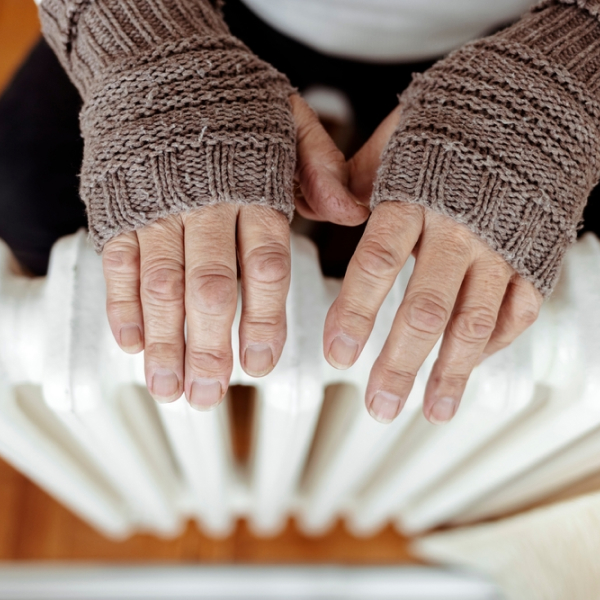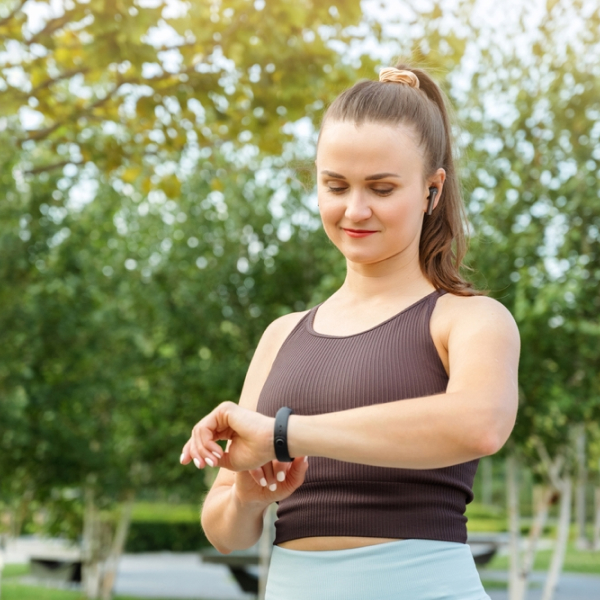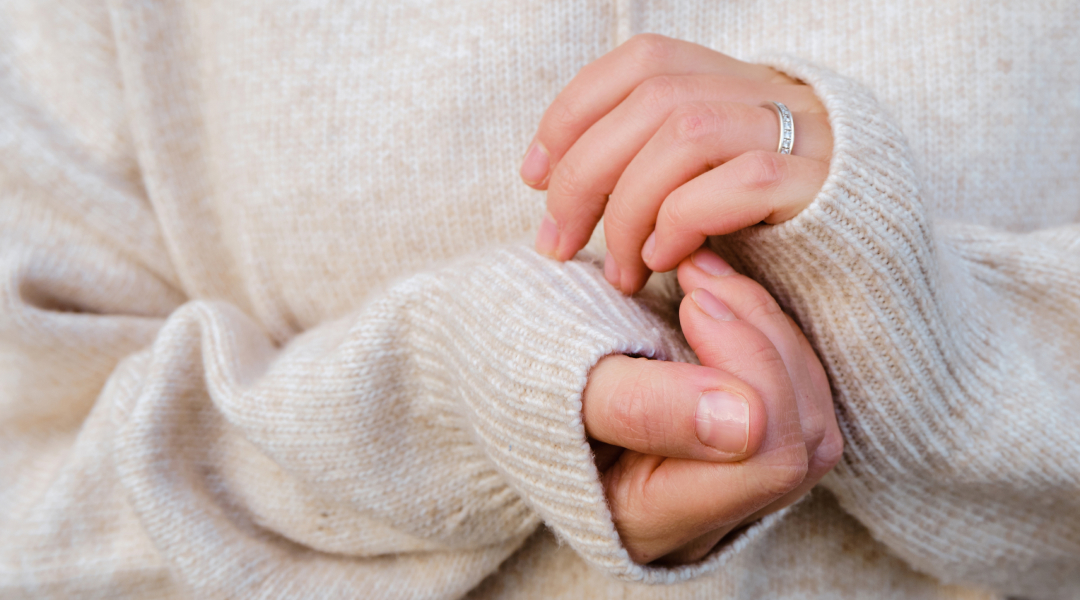Do you often find yourself with cold hands, even when the rest of your body feels warm? You’re not alone. Many people experience cold hands, and it can be a frustrating and uncomfortable sensation. Whether you’re trying to type on a keyboard, enjoy a warm cup of coffee, or simply go about your daily activities, cold hands can be a hindrance. In this article, we’ll explore the various causes of cold hands, delve into the symptoms, and discuss potential solutions to help you keep your hands warm and comfortable.
The meaning of cold hands: Is it just a minor inconvenience?
Cold hands might seem like a minor issue, but they can be indicative of underlying health concerns. When your hands are consistently cold, even in warm environments, it’s important to pay attention to your body’s signals. Cold hands can be a sign of poor circulation, which means that your body is not efficiently delivering warm blood to your extremities. This can lead to discomfort, numbness, and even pain in your fingers and hands.
Uncovering the causes: Why are my hands always cold?

There are several reasons why you may experience persistently cold hands. Let’s explore some of the most common causes:
- Poor circulation: One of the primary culprits behind cold hands is poor circulation. When your body’s circulation is not functioning optimally, it can lead to cold fingers and hands. Factors that contribute to poor circulation include smoking, lack of physical activity, and certain medical conditions such as diabetes, peripheral artery disease, or Raynaud’s syndrome.
- Raynaud’s syndrome: Raynaud’s syndrome is a condition that causes the blood vessels in your hands to narrow, restricting blood flow and resulting in cold, numb, and often pale or blue-tinted fingers. This condition can be triggered by exposure to cold temperatures, stress, or emotional upheaval.
- Hypothyroidism: An underactive thyroid gland can slow down your metabolism, causing your body to produce less heat. This can lead to cold hands and feet, as well as other symptoms like fatigue, weight gain, and dry skin.
- Anemia: Is a condition characterized by a lack of sufficient red blood cells to carry oxygen throughout your body. When your body isn’t receiving enough oxygen, it can result in cold hands and feet, along with symptoms like fatigue, weakness, and shortness of breath.
- Vitamin deficiencies: Certain vitamin deficiencies, such as vitamin B12 or iron deficiency, can contribute to poor circulation and cold hands. Ensuring that you maintain a well-balanced diet rich in essential nutrients can help improve circulation and keep your hands warm.
Recognizing the symptoms: What accompanies cold hands?
In addition to the obvious sensation of coldness, there are other symptoms that may accompany cold hands. These include:
- Numbness or tingling in your fingers
- Changes in skin color, such as paleness or a bluish tint
- Stiffness or pain in your hands
- Swelling or weakness in your hands
- Sensitivity to cold temperatures
If you experience any of these symptoms alongside your cold hands, it’s crucial to pay attention and consider seeking medical advice to determine the underlying cause.
Finding relief: Solutions for cold hands

While cold hands can be a frustrating and uncomfortable problem, there are several solutions that can help alleviate the discomfort and keep your hands warm:
- Exercise and physical activity: Engaging in regular exercise and physical activity can help improve your circulation, allowing warm blood to reach your hands more effectively. Simple exercises like hand stretches, finger flexes, or even taking a brisk walk can make a difference.
- Stress management: Stress can exacerbate poor circulation and contribute to cold hands. Finding effective ways to manage stress, such as practicing relaxation techniques, deep breathing exercises, or engaging in hobbies you enjoy, can help reduce the frequency and severity of cold hands.
- Heated gloves: Investing in a pair of high-quality heated gloves can provide instant relief for cold hands. Products like the Libero gloves from Totum Tech are specifically designed to keep your hands warm and comfortable, allowing you to carry out your daily activities without the hindrance of cold hands. These gloves use advanced heating technology to provide consistent warmth, ensuring that your hands stay toasty even in chilly environments.
- Lifestyle changes: Making simple lifestyle changes can also help alleviate cold hands. Quitting smoking, maintaining a healthy diet, staying hydrated, and avoiding prolonged exposure to cold temperatures can all contribute to better circulation and warmer hands.
- Medical interventions: In some cases, cold hands may require medical intervention. If your cold hands are severe, persistent, or accompanied by other concerning symptoms, it’s important to consult with a healthcare professional.
- They can help diagnose any underlying medical conditions and recommend appropriate treatments, such as medications or therapy, to improve circulation and alleviate cold hands.
Conclusion
Cold hands can be more than just a minor annoyance; they can be a sign of underlying health issues that require attention. By understanding the causes behind cold hands, such as poor circulation, Raynaud’s syndrome, hypothyroidism, or anemia, you can take proactive steps to address the problem.
Engaging in regular exercise, managing stress, making lifestyle changes, and using products like the Libero heated gloves from Totum Tech can all help alleviate the discomfort of cold hands and improve your overall hand health.
If your cold hands persist or are accompanied by other bothersome symptoms, don’t hesitate to seek medical guidance to determine the best course of action. Remember, taking care of your hands is an essential part of maintaining your overall well-being, so don’t let cold hands hold you back from living life to the fullest.




